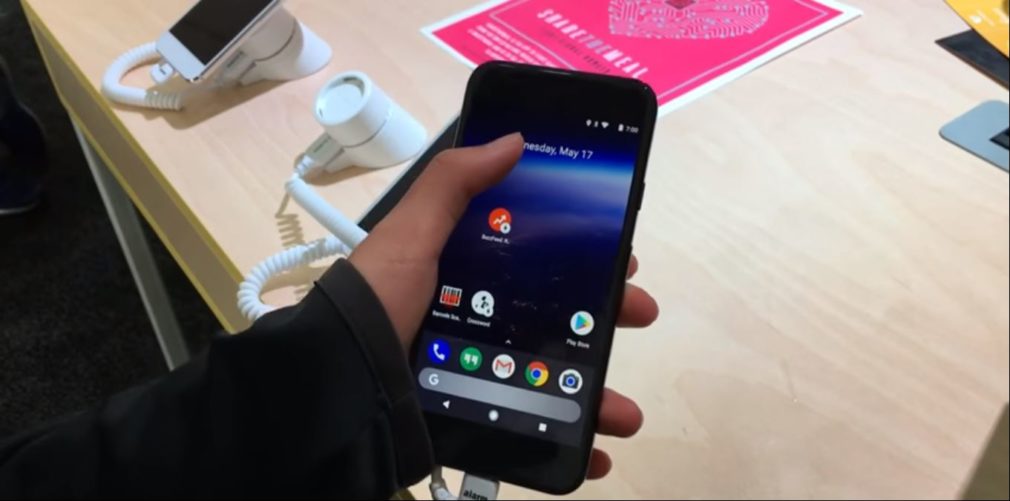Last week, phone carriers Sprint and Rogers announced that users sending text messages between the two carriers would now be able to make use of Rich Communication Services (RCS). It looks to be the new replacement for basic SMS services. A few months ago, Google updated its Messenger app (now called Android Messages) with RCS support.
Each carrier has its own individual thoughts and ideas for how RCS should work. But, Google’s recent work indicates that it has established a method for cross-carrier communication. With the technology that it has now come up with, it is going to be much easier for other carriers to be a part of the RCS forum.
On 1st June, Google’s Nick Fox announced on Twitter,
First ever cross-carrier RCS interconnect in N Amer is now live! Now Sprint and Rogers users can message each other over RCS. Many more to come!
Following this announcement, Fox replied to a query about the need for an interconnect saying it was a necessity because Google was creating a “hub” model that will allow multiple carriers to connect to the hub once and get access to all other carriers that are already connected.
So, instead of carriers having to connect to each other in order to exchange RCS messages, the RCS model used by Google as well as the GSMA will simply work on a hub-styled interconnect. This is depicted below.
A few years ago in 2013, the GSM Association published a white paper that provides extensive details about RCS and its future implications in carrier messaging. It shows different ways in which RCS can be implemented such as a direct network-network Interface, which uses a decentralized network for each carrier connection. This would mean that every additional carrier in the network will incur larger investments for those who are in it.
The white paper also spoke about using a hub model for RCS which will have several benefits for carriers. Instead of each carrier individually connecting with one another, all carriers will simply have to connect to a central hub, which in this case seems to be provided by Google. This can also have a few disadvantages.
As with all centralized systems, the hub could become weak if the traffic on it is more than the capacity it can take. Networks that are centralised can also suffer from threats of censorship, attacks, or interference.
The primary benefit of the present hub network being developed by Google is that it will be time effective and investment effective. Since there is now an established hub network for Sprint and Rogers, other carriers who want to join will only have to worry about connecting themselves to the hub instead of to each other individually.






